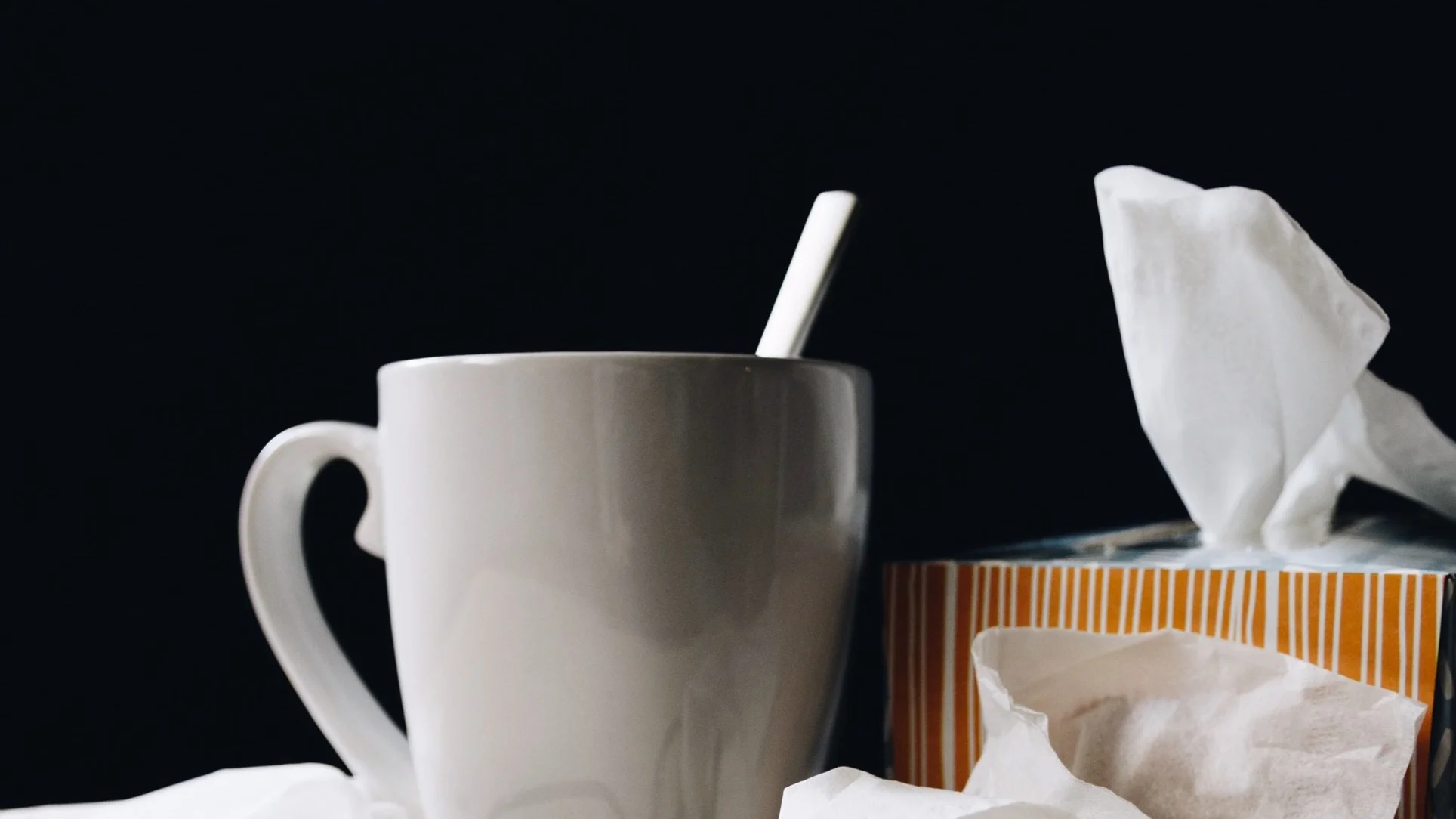Wind is another of the external pathogenic factors in Traditional Chinese medicine (TCM). When you think of the characteristics of wind in nature, we think of moving air currents. Spring is the season associated with Wind in TCM, and it is said to “lead others in.” Others here are the other external pathogenic factors like Heat and Cold for example. Wind is also typically the cause of the common cold and flu in TCM. In my opinion, Wind does not always have to be extreme like “the Winds of War.”
It can sometimes be a good thing like when you are feeling stagnant in your life and need “the Winds of Change.” Some people may enjoy moving air and other people not so much, but overall moderation is key. If you find yourself needing moving air all the time, start looking for a possible cause or relationship. It could be that you have a lot of Dampness stagnating in the surface of your body, and the moving air (Wind) helps to open the pores so it can get out. Or it could be that you feel stagnant in your body — stressed — and the moving air (Wind) helps keep things moving.
Wind is associated most with the Liver system in TCM, the organ of the Spring. The tissue we associate with the Liver system is the Sinew (and Tendons). When a person suffers from Internal Wind, they might have spastic, erratic movements, dizziness, or pains especially in the joints and deep tissue which move to different places or come and go.
That last bit is important. A quality of Wind is movement or change. This is apparent in allergy symptoms as well, where a person is fine one moment, then the next they might have swelling or rashes that appear for a short time before disappearing.
If you suffer from External Wind frequently (these are colds and flus mostly, but can also be allergies), see your TCM practitioner to help you figure out what else is joined with the Wind. The basic and most common symptoms are Chills and Fever (but not always). If you have more Fever than Chills then you likely have Wind-Heat. On the other hand is more Chills than Fever which points toward Wind-Cold.
Chinese Herbal Medicine can be complicated at times, but Herbal Foods are the best for these and can be things we have at home.
If you have Wind-Cold, use Cinnamon in your tea and bundle up! The covers not only fight the Cold while resting, but they also block the Wind from opening the pores. If you are REALLY cold, then consider Black Pepper and Cayenne, but don’t over-do these because they can be very strong when we are already weak. A favorite of mine is Osha Root, also called Bear Root (a Native American remedy) which can be sucked on like licorice root or drank as a tea.
If you have Wind-Heat, use Chrysanthemum and Honeysuckle in your tea, but still use a light blanket in order to stop the Wind, but help you stay cooler while you rest. If you think you feel hotter than you should, use Peppermint and Elderflower. Tea Tree or Peppermint essential oils (always used in a carrier oil!) are great to put where your back and neck meet as well (C7 area).
The ways Wind can attack us can be complex. Remember that your TCM practitioner can help choose the most appropriate treatment plan with you, but there are things we can always do when we are sick:
Stay hydrated.
Eat simple foods which are warm, not cold, in order to give your digestion a chance to work more efficiently. This is why rice porridge or chicken soup is so effective when we are sick!
Rest! So often we forget this important part, but the less our bodies have to focus on the better.
By the way, if you want to learn more about TCM theory, always check what I’m posting as references. These are great sources I recommend reading or owning. Full disclosure, I am not attached to these in any way and receive nothing from sharing them, I just like them.
References:
Beinfield, H., & Korngold, E. (1991). Between heaven and earth a guide to Chinese medicine. New York: Ballantine.
Leggett, D. (2005). Helping ourselves: A guide to traditional Chinese food energetics. Totnes, Devon: Meridian.

